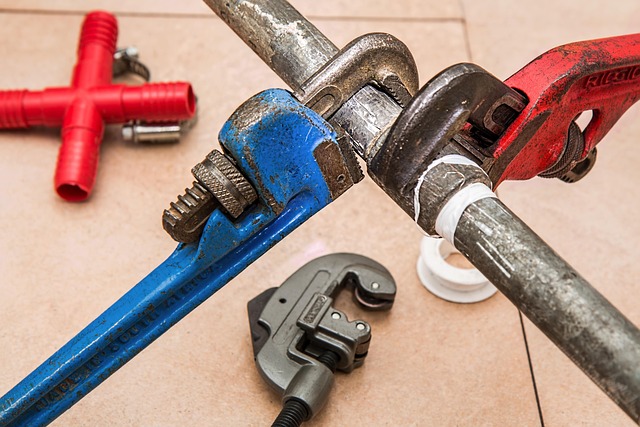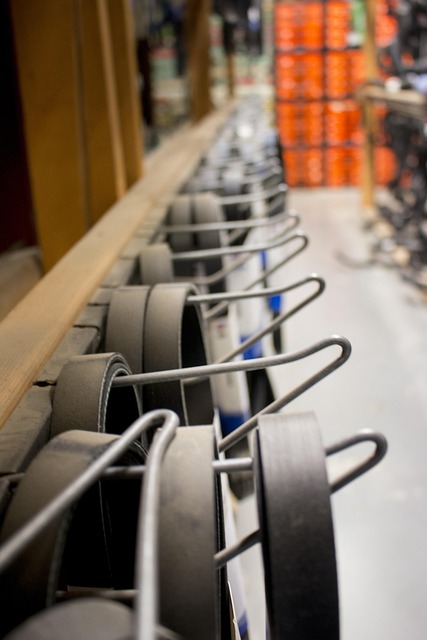Garden Shed Clearance Sale: Practical Guide to Finding, Evaluating, and Buying Discounted Sheds
Clearance shed sales can offer substantial savings, but only if you know how to evaluate condition, materials, total ownership cost, and post‑purchase support. This guide explains how to time your purchase, inspect for issues, compare models, confirm logistics like delivery and installation, and save sensibly without compromising on durability.

Clearance sales on outdoor storage are tempting, but the smartest savings come from understanding why items are discounted, what to inspect, and how to calculate the true cost beyond the sticker price. With a methodical approach, you can secure a durable structure that fits your space, climate, and budget without surprises after delivery.
Clearance sales: timing, types, and discounts
Retailers clear inventory at predictable times: end of season (late summer or autumn), range refreshes when new models arrive, and store remodels or relocations. Types of clearance include discontinued models, last‑year colors, damaged packaging, open‑box returns, and ex‑display units. Discounts vary: small cosmetic flaws might mean 10–20% off, while discontinued or ex‑display stock can reach 25–50% depending on demand and condition. Understand the cause of the markdown so you can judge risk versus savings.
How to inspect materials, size, and condition
Bring a measuring tape and a checklist. For materials: resin/plastic offers low maintenance and weather resistance; metal is budget‑friendly but may require corrosion protection; timber provides aesthetics and repairability but needs periodic treatment. Check wall thickness, roof panel stiffness, and door hardware. Verify internal dimensions fit lawn equipment or bikes, not just the headline footprint. Inspect for UV fading, cracks, dents, rust, warped panels, soft or wet timber, and roof sag. For boxed units, confirm all cartons are present; compare SKU and carton count with the assembly manual. Ask for permission to open boxes or to inventory small hardware bags if seals are broken, and request missing‑parts lists in writing before you pay.
Comparing models, features, and true total cost
Create a simple grid of essentials: footprint, height, door opening, windows/vents, flooring/base needs, snow/wind ratings, locks, and maintenance. Then add likely extras: anchors, foundations, shelves, ramps, gutters, and protective coatings for wood or metal. A lower ticket price can become more expensive after adding a base, anchors, and installation. Consider local weather: resin sheds in hot, sunny regions need UV‑stable panels; snowy climates benefit from reinforced roofs; coastal areas favor corrosion‑resistant fasteners. Factor warranty coverage and parts availability, especially for discontinued models.
Delivery, installation, and warranty checks
Clarify how and where the shed will be delivered—curbside pallet, threshold, or room‑of‑choice—and whether steep driveways or remote locations add fees. Confirm the required base (concrete slab, pavers, timber platform) and tolerances for level and drainage. For installation, ask if the retailer provides assembly or recommends vetted installers; get lead times and costs in writing. Review warranty terms: length, what is covered (panels, hardware, color fade), and how claims are made. Some clearance items keep the full manufacturer warranty; others are final sale or store‑warranty only. Keep photos of any pre‑existing cosmetic issues noted on the invoice.
Smart savings: negotiation, bundles, and upkeep
Clearance pricing is often flexible. Politely ask for a further discount on ex‑display models with minor blemishes or for bundles that include anchors, shelves, or ramps. Seasonal timing helps: shop late in the season, during store resets, or holiday clearance events. After purchase, protect value with basic maintenance—anchor per manufacturer guidance, keep the base level and well‑drained, clean debris from roofs and gutters, lubricate hinges and locks, and re‑treat timber as specified. Smart upkeep preserves warranties and reduces long‑term costs.
Below are real‑world examples to benchmark value. Prices are broad estimates based on typical retail ranges and observed clearance discounts; actual figures vary by region, retailer, taxes, delivery, and configuration.
| Product/Service | Provider | Cost Estimation |
|---|---|---|
| Manor 6x8 resin shed | Keter | USD $500–$800 on clearance, depending on region and condition |
| Tremont 8x10 resin shed | Suncast | USD $900–$1,300 on clearance, variations by retailer and display status |
| Newport 10x8 metal shed | Arrow | USD $350–$600 on clearance, often lower for ex‑display units |
| 8x10 resin shed | Lifetime | USD $1,000–$1,600 on clearance, accessories may add cost |
| 8x10 wood shed (display) | Tuff Shed (via retailers) | USD $1,800–$3,500 for display/clearance; custom new builds commonly higher |
Prices, rates, or cost estimates mentioned in this article are based on the latest available information but may change over time. Independent research is advised before making financial decisions.
Pricing insights: what the sticker omits
Budget for a base/foundation (commonly USD $200–$800 for pavers or timber platforms; concrete slabs can be higher), anchors or tie‑downs (USD $30–$150), delivery surcharges (USD $50–$300+ for heavy pallets or remote access), and installation if not DIY (USD $200–$600 for small sheds; complex builds more). In some jurisdictions, permits or setback compliance may be required; fees and rules vary. Clearance items can still be a strong value after these add‑ons if the structure suits your climate and site.
Verifying parts and documentation
Before checkout, request the assembly manual, parts list, and hardware inventory. For open‑box or returned items, ask the retailer to confirm missing parts availability and lead times. Some brands ship replacement hardware kits at low cost; specialty panels may take longer. Photograph carton labels and serial numbers in case you need warranty support later. Keep your receipt dry and legible—many manufacturers require dated proof of purchase for claims.
In summary, treat a clearance shed like any other long‑term outdoor structure: understand why it’s discounted, inspect carefully, calculate total ownership cost, confirm logistics and warranty, and negotiate respectfully. With those steps, a discounted unit can deliver reliable storage and weather protection for years while staying within budget.




